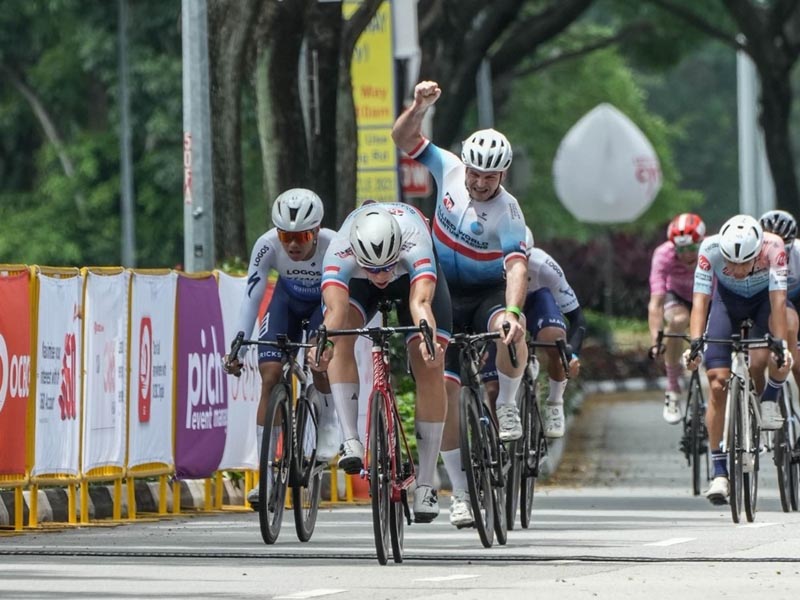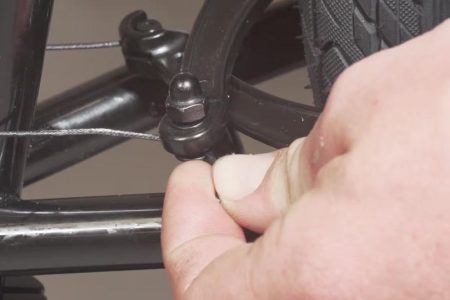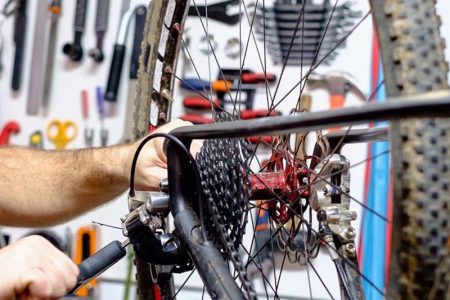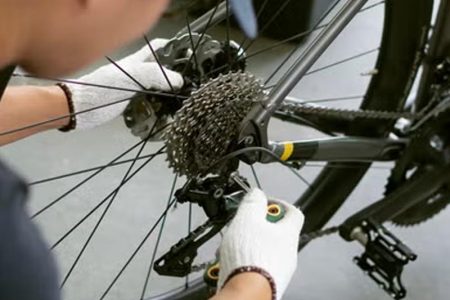Road bike racing is an exhilarating sport that pushes cyclists to their limits, requiring endurance, strategy, and skill. Whether you’re participating in your first race or looking to improve your performance, proper preparation is crucial to achieving success. Road racing demands more than just having a high-quality road bicycle—it requires months of training, a well-maintained bike, and a solid race-day strategy.
In this guide, we’ll take you through essential steps to prepare for a road bike race. From physical training to nutrition and group riding practice, these tips will help you get race-ready and maximize your performance on the big day.
Why Road Racing Preparation Matters?
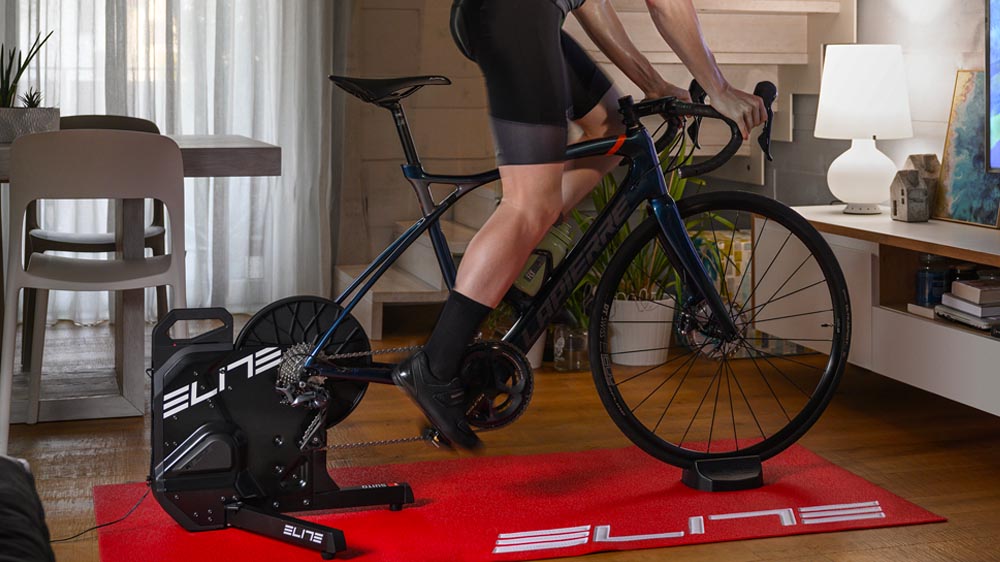
Entering a road bike race unprepared can lead to fatigue, injury, or an underwhelming experience. Road racing preparation is essential for:
- Building endurance and strength: Structured training improves your stamina and power output.
- Avoiding injuries: Proper bike fitting and gradual training minimize the risk of strains or overuse injuries.
- Enhancing race strategy: Practicing group riding and pacing techniques ensures you can keep up with the peloton.
- Optimizing nutrition and hydration: Fueling your body correctly prevents energy crashes and dehydration during the race.
Focusing on these aspects will allow you to enjoy the race and perform at your best. Let’s examine the key preparation steps for road racing.
Essential Road Racing Preparation
1. Commit to Consistent Physical Training
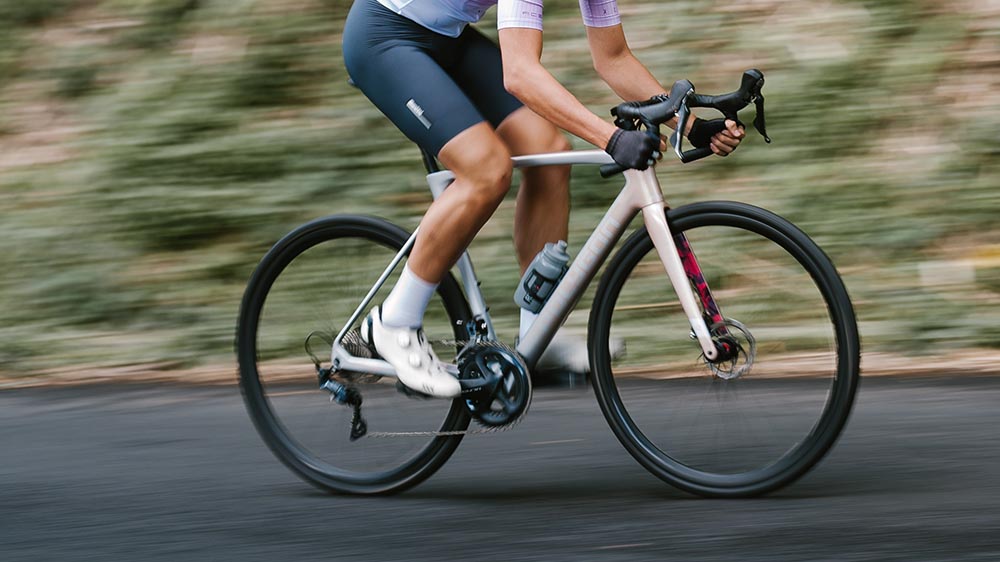
A structured training plan is the foundation of road racing success. Consistent training helps build endurance, improve cardiovascular fitness, and develop race-specific skills. Your training should be divided into two phases:
Base Building: Laying the Foundation
Base training lays the groundwork for endurance and aerobic efficiency. This phase focuses on building your ability to ride for long periods at a steady pace without excessive fatigue. Here’s what to do:
- Long, steady rides: Ride at a moderate intensity (60-70% of max heart rate) for 2-4 hours to develop endurance.
- Gradual increases in mileage: Increase your weekly training volume by about 10% to avoid overtraining.
- Cross-training: Incorporate strength training and flexibility exercises to prevent injuries.
- Recovery days: Ensure you have one or two days of low-intensity riding or rest to allow muscle recovery.
Base training typically lasts 8-12 weeks, setting the stage for more intense workouts later on.
Race-Specific Training: Getting Ready for the Challenge
Once you have a strong endurance base, shift your focus to more intense, race-like efforts:
- Interval training: Incorporate short bursts of high-intensity efforts (3-5 minute hill repeats or sprint intervals) to improve power output.
- Speed drills: Practice short, high-speed efforts to develop the ability to handle sudden accelerations.
- Simulated race efforts: Ride at race pace over varying terrain to familiarize yourself with race-day conditions.
Mixing both endurance and high-intensity workouts will help you develop the strength and stamina needed for road racing.
2. Invest in an Indoor Trainer
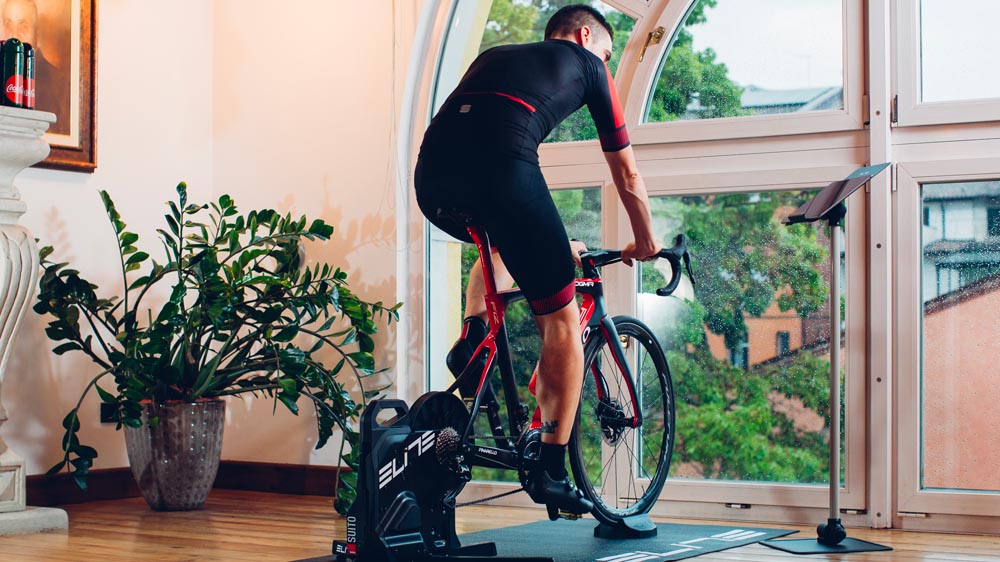
An indoor trainer is a valuable tool for structured training, especially when outdoor riding isn’t feasible due to weather or time constraints. A smart trainer offers benefits like:
- Consistent training: Train year-round regardless of weather conditions.
- Structured workouts: Follow personalized training plans using virtual cycling apps.
- Performance tracking: Monitor power output, cadence, and heart rate to measure progress.
For cyclists looking to maximize their training, investing in an indoor trainer ensures you stay on track even when outdoor rides aren’t an option.
3. Get a Professional Bike Fitting
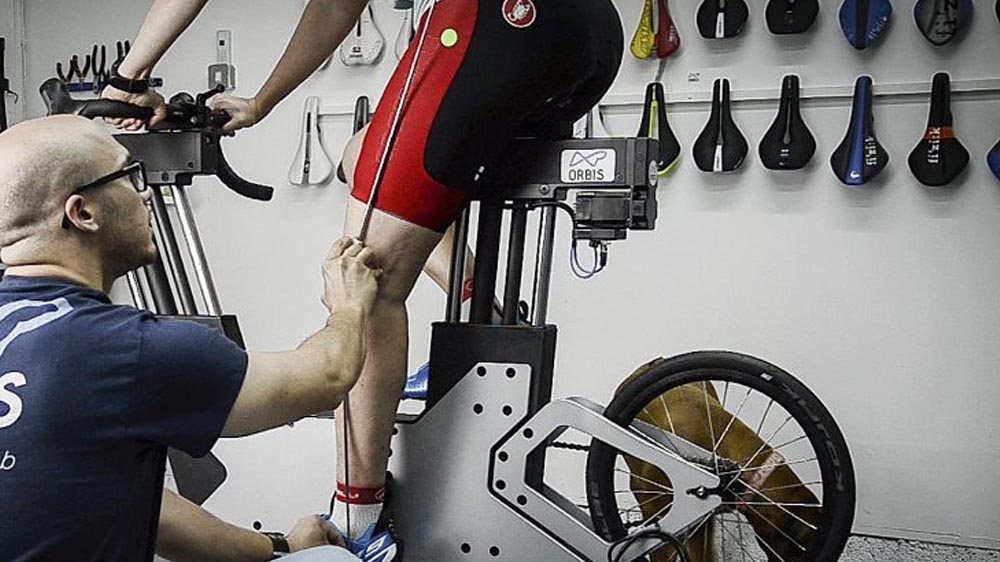
A well-fitted road bicycle enhances comfort, efficiency, and injury prevention. If your bike isn’t adjusted correctly, you risk developing discomfort, pain, or inefficiencies in power transfer. A professional bike fitting involves:
- Adjusting saddle height and position to optimize pedaling efficiency and reduce knee strain.
- Setting the handlebar reach to minimize pressure on the back, shoulders, and wrists.
- Aligning cleat position to improve power transfer and prevent knee pain.
A professional fitting is highly recommended, especially for new riders, as small tweaks can significantly enhance riding comfort and performance.
4. Fueling Your Nutrition for Road Racing
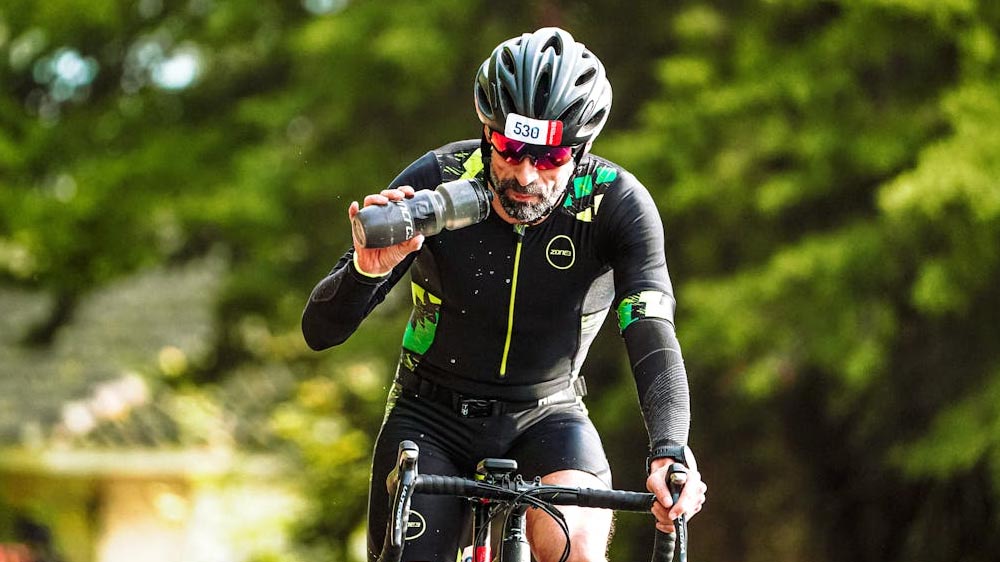
Nutrition is key to maintaining energy levels and recovering properly. Here’s how to fuel your body effectively:
Pre-Race Nutrition: Preparing Your Body
- Eat a carbohydrate-rich meal (such as oatmeal with bananas) 2-3 hours before the race.
- Stay hydrated with water or an electrolyte drink to avoid dehydration.
- Avoid high-fat or heavy meals that may slow digestion and cause discomfort.
During the Race: Maintaining Energy
- Drink water or electrolyte drinks every 15-20 minutes.
- Consume energy gels, sports bars, or bananas every 30-45 minutes to maintain energy levels.
- Avoid waiting until you feel exhausted to eat or drink—stay ahead of your hydration and nutrition needs.
Post-Race Recovery: Rebuilding Strength
- Consume a mix of carbohydrates and protein within 30 minutes after the race (e.g., a protein shake with fruit).
- Stretch and cool down properly to prevent soreness.
- Rehydrate to replenish lost fluids and electrolytes.
By following a strategic nutrition plan, you’ll maintain energy levels and recover faster for future races.
5. Practice Group Riding
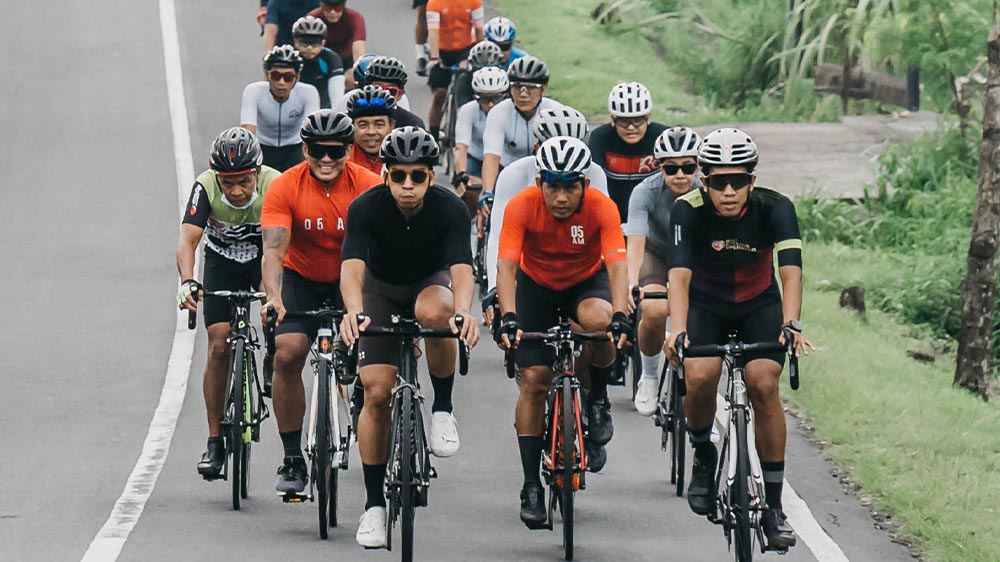
Road races often involve riding in a peloton, where drafting and positioning are essential. To get comfortable with group dynamics:
- Join local group rides to gain experience riding closely with others.
- Practice drafting by staying 6-12 inches behind another rider to reduce wind resistance and conserve energy.
- Use hand signals to communicate with fellow riders and enhance safety.
- Maintain a steady pace and avoid sudden braking or erratic movements.
Group riding skills improve efficiency and confidence, making them an essential part of road race preparation.
6. Listen to Your Body’s Capacity
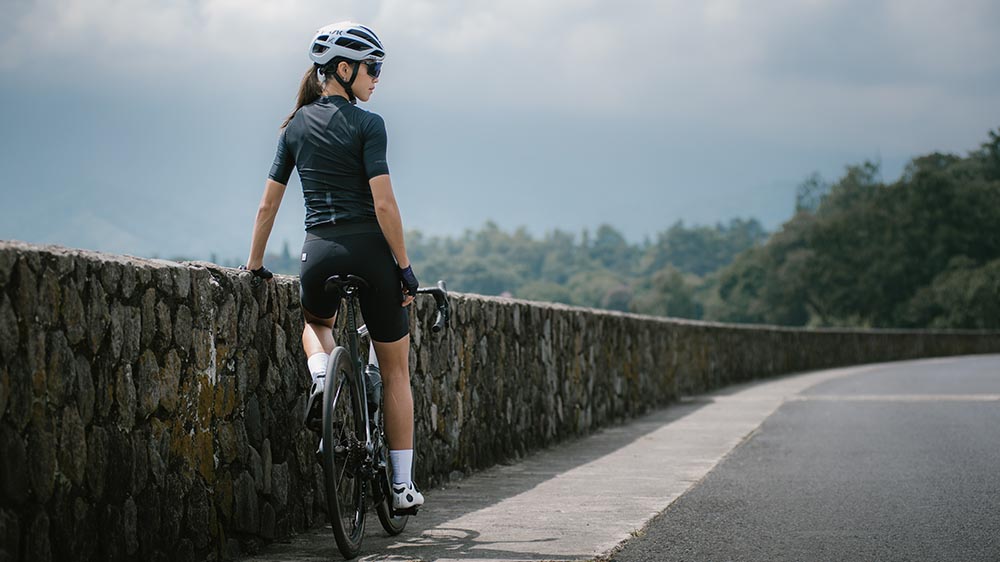
Training hard is important, but overtraining can lead to burnout and injuries. Pay attention to your body’s signals:
- Take rest days to allow muscles to recover and grow stronger.
- Monitor fatigue levels—if you experience persistent soreness or decreased performance, adjust your training.
- Incorporate active recovery rides at a low intensity to maintain fitness while giving your body a break.
Listening to your body ensures long-term progress without risking overuse injuries or exhaustion.
Read also: 7 Essential Road Biking Skills
Conclusion
Preparing for a road bike race requires dedication, training, and strategic planning. By following these essential steps—consistent training, investing in an indoor trainer, ensuring a proper bike fit, optimizing nutrition, practicing group riding, and listening to your body—you’ll set yourself up for a successful and enjoyable racing experience.
As race day approaches, remember to stay confident and trust in your preparation. With the right mindset and training, you’ll be ready to take on the challenges of road bike racing and achieve your best performance.









